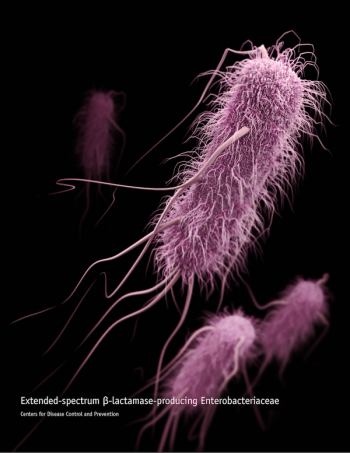
After receiving FMT capsules containing drug resistant ESBL E coli, 2 patients developed severe illness with 1 patient death.

After receiving FMT capsules containing drug resistant ESBL E coli, 2 patients developed severe illness with 1 patient death.

By repurposing the HIV treatment rilpivirine, investigators have opened up possibilities for treating Zika virus and other flavivirus infections which overlap with HIV.

Treating patients who have skin and soft tissue infections with a single dose of oritavancin may lower hospital admission rates compared to vancomycin, at a similar cost.
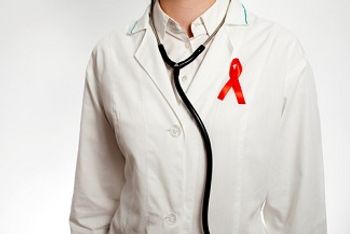
A new commentary from NIAID experts suggests that we already possess many of the tools necessary to end the HIV epidemic, but that improving implementation is essential.

Study authors recommend further investigation of M72/AS01E for tuberculosis prevention and consider the trial results progress toward an efficacious vaccine.

While the outbreak appears to be over, health officials are alerting the public and encouraging continued improvement of industry practices.

While most influenza vaccines target the binding protein hemagglutinin, a new study shows cross-strain results for treatment and prevention focused on the glycoprotein neuraminidase.
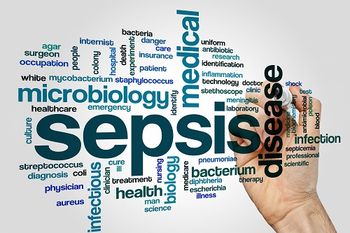
Regardless of adherence to severe sepsis and septic shock treatment bundles, seeing an ID specialist within the first 12 hours of treatment was associated with a 40% risk reduction for in-hospital mortality in a new study.

Study authors examined which countries offer PrEP reimbursement, what barriers exist to implementation, and calculated the overall “PrEP gap” for the EU.

An analysis of vaccination data among children born in 2015 and 2016 found high and stable coverage, but highlighted sociodemographic disparities in coverage.
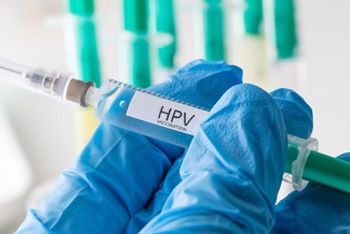
A study of female adolescents at a health clinic in New York City has found the presence of HPV in the oral cavity is not uncommon, but the results also offer support for vaccination.

Amidst growing concern about antibiotic resistance, a new class of antibiotics may help in the fight against gram-negative bacteria.

Study results point toward progress in developing an accessible and effective point-of-care TB test.

Comparisons between strains show little crossover between ESBL-E coli in meat and in humans.

Universal screening identifies cases in those who do not consider themselves at risk and helps re-link previously known patients who have fallen out of treatment back to care.

Although use of gowns and gloves in targeted settings may still be helpful in preventing health care-associated infections, contact precaution policies in VA long-term care facilities had no impact on MRSA acquisition.

Results from a study at a Cincinnati hospital point to the importance of testing at-risk infants for HCV as the opioid crisis impacts prevalence of the infection.
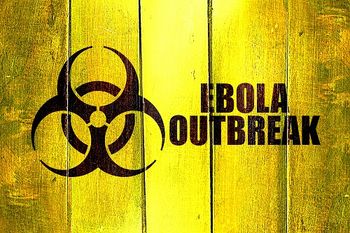
Leaders from the WHO and various impacted countries met to assess the risks of the Ebola outbreak in the Democratic Republic of the Congo and the future of the outbreak response.

Kindergarten vaccination coverage is near the recommended 95%, but nonexempt holdouts, which could be addressed, can still lead to outbreaks.

Using a unique approach of targeting the stalk of the hemagglutinin, investigators are taking steps toward developing a universal influenza vaccine candidate.

Given a general rise in STD cases, clinicians treating ESRD may have to pay special attention to possible coinfections.

Although the overall mortality rate for HCV has declined, clinicians will have to focus on individuated factors to address lingering barriers.
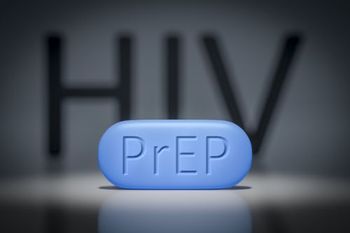
A study suggests young black MSM can experience delays in PrEP initiation if they do not have health insurance, even if expanded access through manufacturer assistance programs is offered.